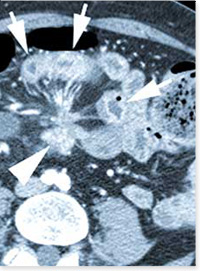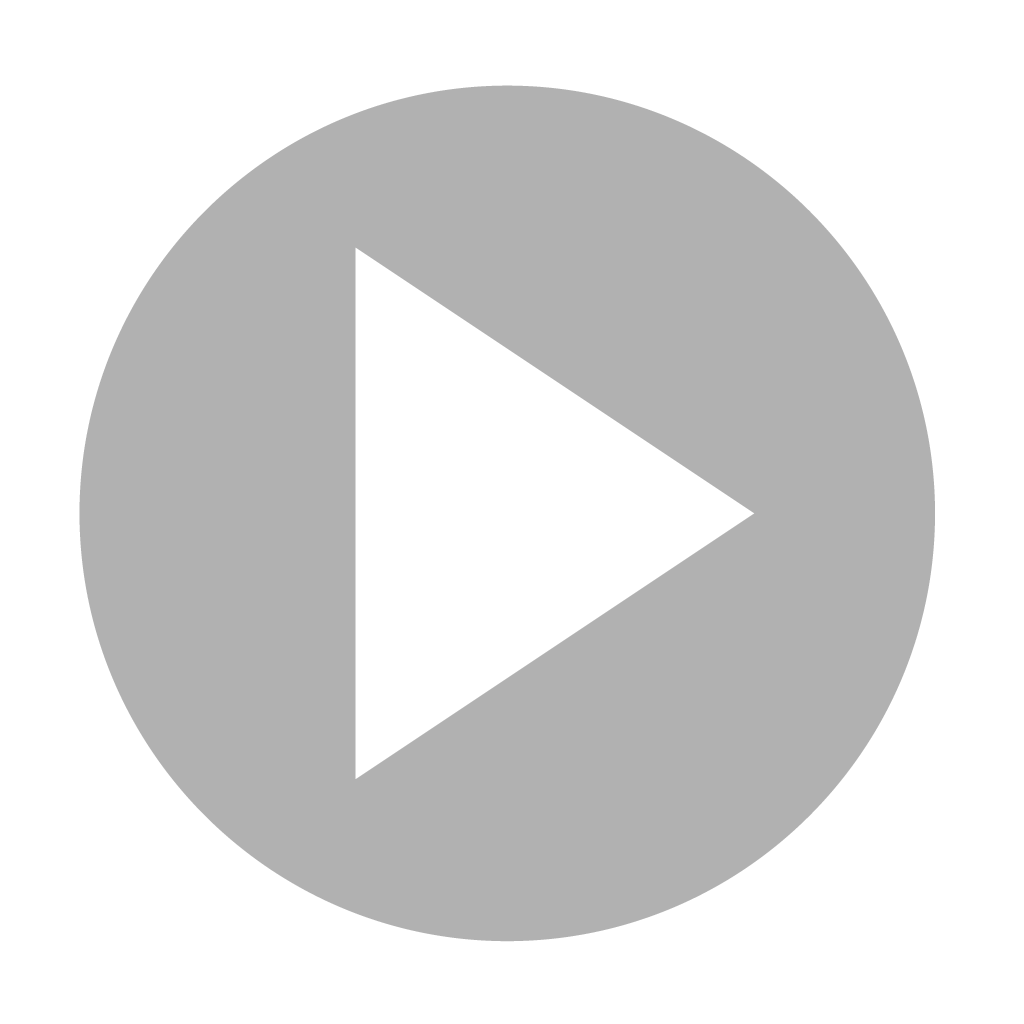- Overview
- Contraindications & Screening
- Patient Preparation
- Contrast Studies
- 3D/Dental Study
- Lung Cancer Screening CT
- CT Arthrography
- Heartflow Analysis
- Helical CT for Renal Calculus
CT & CTA Overview
Overview
Computerized tomography (CT) uses a combination of x-ray techniques and computer technology to provide highly detailed images of internal structures. The CT scanner uses an x-ray source similar to that used to obtain ordinary chest x-rays, however, the x-ray beam is so tightly focused that portions of the body outside of the scanned region get relatively little x-ray exposure.
The CT scanner acquires multiple thin "slices" through the portion of the body requested. Depending on the part of the body scanned, between 20 and 1000 separate slices will be generated. Most studies are completed within about 5 to 10 minutes. The acquired information is processed by a computer and then made available to the radiologist for interpretation. The results are then sent to the referring physician.
CT Contraindications & Screening
Patients who are pregnant or could be pregnant will have to discuss with their referring physician and one of our radiologists whether or not they should have this exam.
For certain CT studies, the use of intravenous dye (contrast) is
required. Patients meeting the conditions listed below will need to
have their BUN and creatinine (blood test) measured before they can be
scanned.
Patients that are:
- over 60 years of age
- diabetic
- have chronic kidney disease — including nephrectomy patients
Patients with renal failure undergoing dialysis do not require renal function tests.
Patient Preparation
There is usually no preparation required unless the CT scan is of the Abdomen or Pelvis. For those studies, the patient must obtain two doses of oral contrast and a prep sheet with instructions for the exam from University Radiology Group. After arriving at our office for the exam the patient will receive an additional dose of oral contrast. This oral contrast improves the visualization of the bowel on CT studies.
Contrast Studies
Frequently, CT requires IV contrast for an optimum study. For those CT examinations, a non-ionic contrast agent is injected intravenously to aid in diagnosis. If the patient has a very strong allergic history or has experienced a reaction to contrast material during a previous study, the patient should be premedicated on the day before the CT exam. The intravenous dyes help evaluate the blood vessels and highlights regions of abnormality.
CT Special Studies
3D/Dental Study
3D/Dental studies generate two and three-dimensional pictures with precise measurements of the jaw that are used for presurgical planning. Patients must bring stent if required for measurements. No preparation is required.
Lung Cancer Screening CT
Low dose scan through the lungs to look for nodules in patients at increased risk of cancer. No injection of IV contrast necessary. See Also Lung Cancer CT.
CT Arthrography
Following an injection of contrast into the joint space by the Radiologist, CT images are obtained through the symptomatic joint.
HeartFlow Analysis
Using the images obtained from the CT Coronary Angiogram, the HeartFlow Analysis is an advanced technology that provides a personalized digital 3D model of a patient's coronary arteries that shows the impact blockages have on blood flow to the heart.
Helical CT for Renal Calculus
CT images are obtained of the abdomen and pelvis from above the kidneys through the urinary bladder to look for stones. No oral or IV contrast is required.
CT Virtual Colonoscopy
Low dose diagnostic scan through the colon to look for polyps and lesions. A small, flexible tube is placed in the rectum to gently inflate the colon with air or carbon dioxide. Bowel clearing is required to remove stool prior to the exam.




